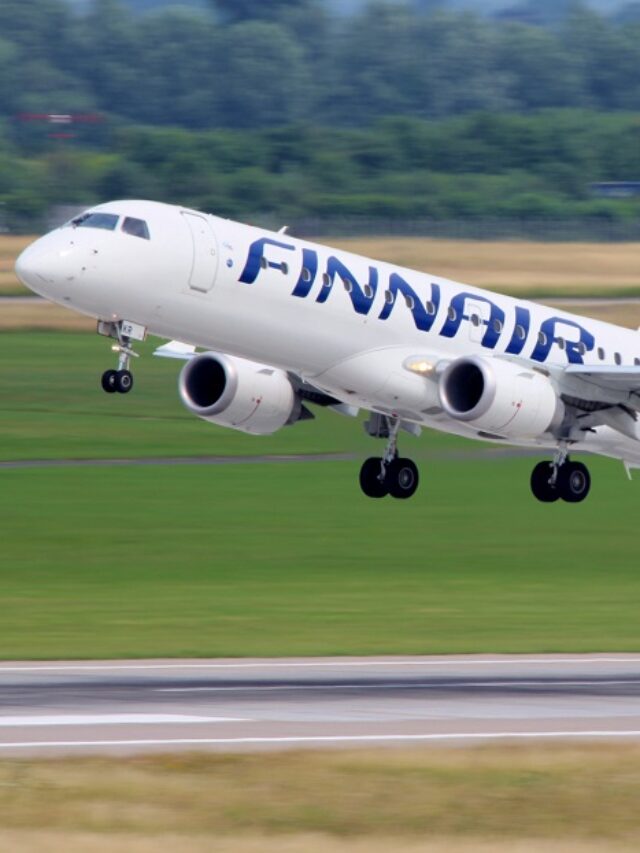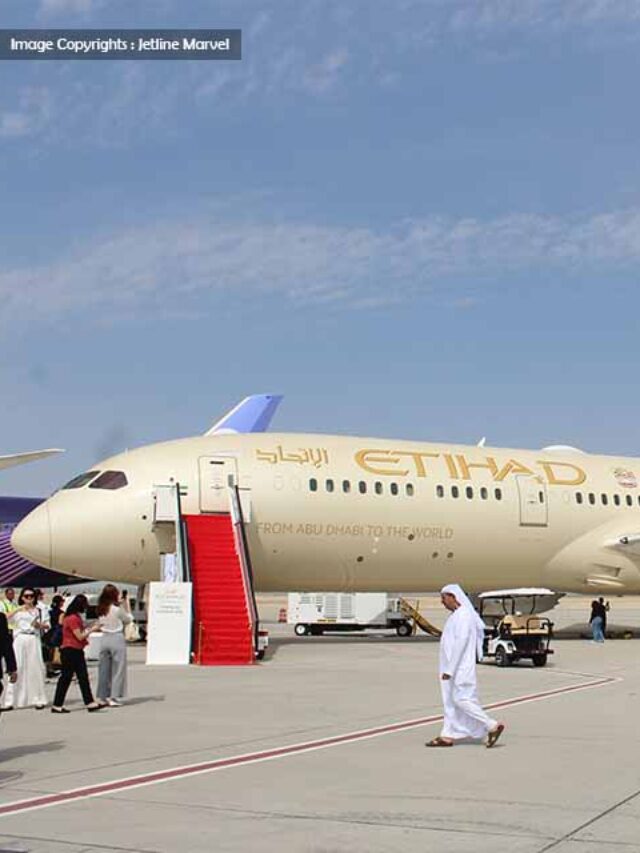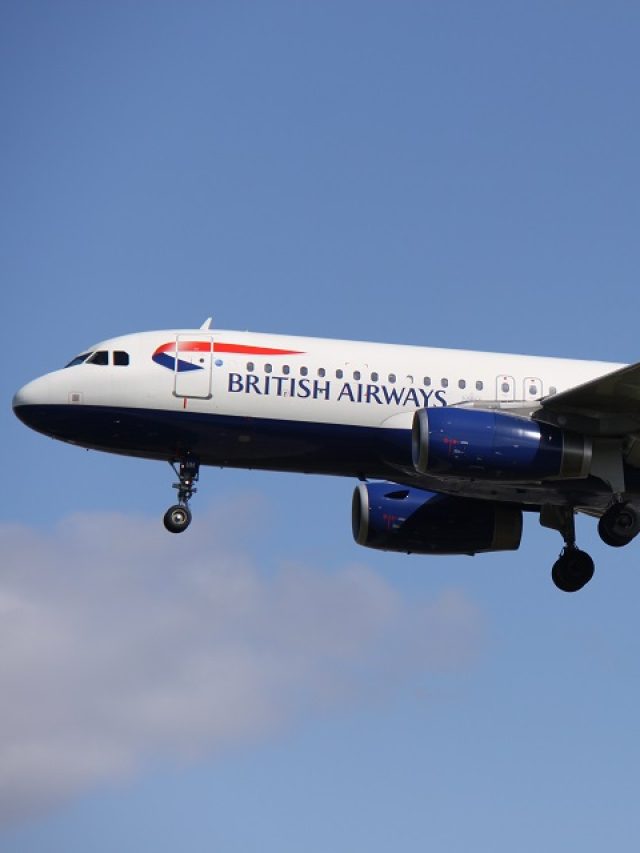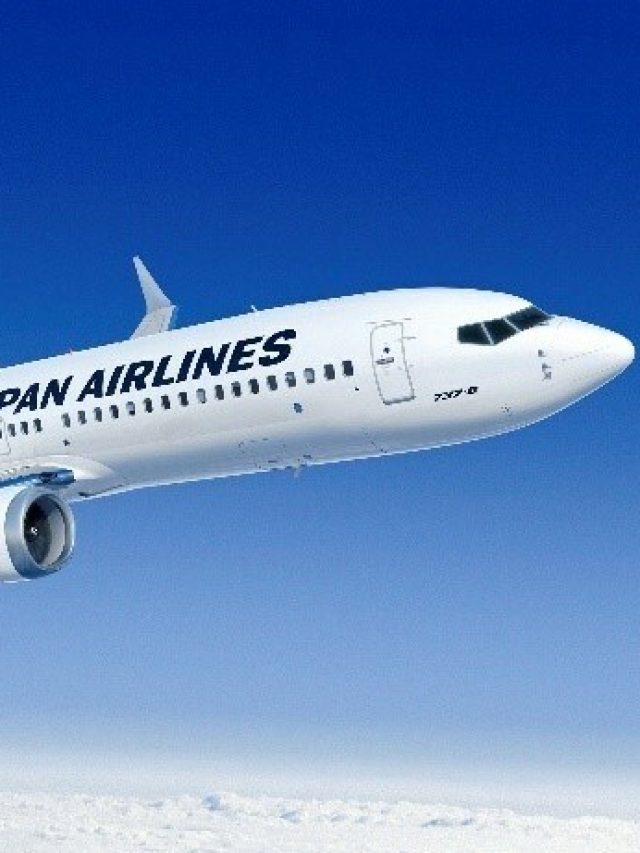Uncategorized
NTSB Investigates United Airlines ‘Stuck’ Rudder Incident on Boeing 737 MAX 8

A disturbing occurrence involving a United Airlines flight is explained in a recent preliminary report released by the National Transportation Safety Board (NTSB).
A concerning issue occurred on February 6 when a Boeing 737 Max 8 carrying United flight 1539 from Nassau, Bahamas, to Newark Liberty International Airport in New Jersey experienced “stuck” rudder pedals during the landing roll. According to the early results of the NTSB, the captain of the aircraft claimed that the rudder pedals remained locked in a neutral position and could not be moved in response to normal foot pressure.
There are serious safety issues because of this problem with the rudder controls, which are in charge of turning the airplane left or right.
Fortunately, none of the 161 occupants were hurt, and the aircraft made a safe landing back at the gate. Later testing, however, revealed that United maintenance personnel had indeed identified the stated fault.
Subsequent examination indicated that the most likely culprit was a servo, which is a part attached to the rudder controls of the 737 Max 8. The autopilot servo’s maker, Collins Aerospace, discovered during cold temperature testing that the servo’s output crank arm might indeed restrict the movement of the rudder pedals.
United Airlines effectively resolved the issue as soon as it was brought to their attention by replacing three defective parts and turning off the malfunctioning servo. Boeing and United worked together to guarantee the aircraft’s safe return to service following the required repairs. As reported by Reuters.
United Airlines and Boeing are supporting the NTSB’s inquiry, which aims to fully identify the malfunction’s primary cause and stop it from happening again. The severity of the situation was highlighted by the flight data recorder, which supported the pilot’s account of what happened.






